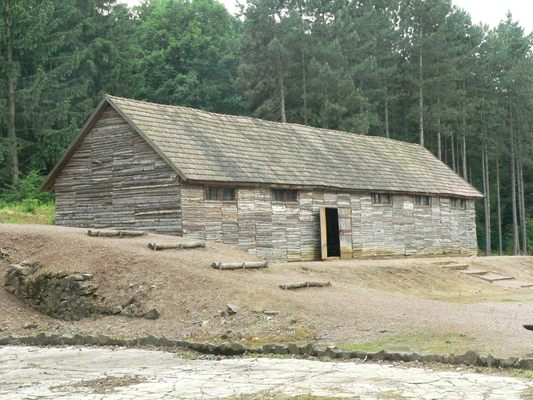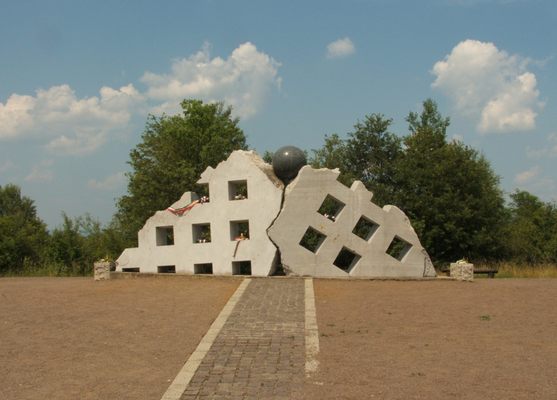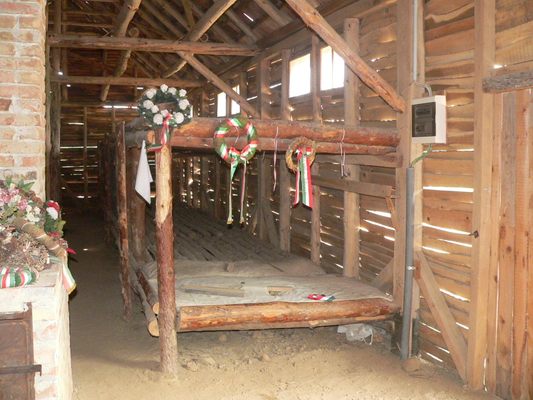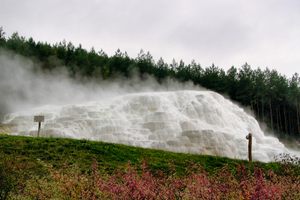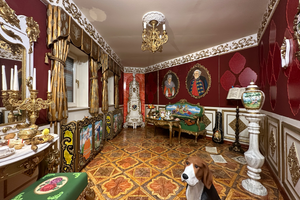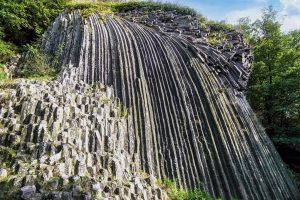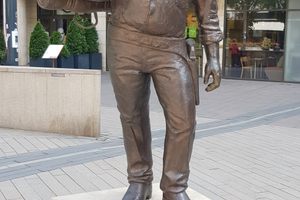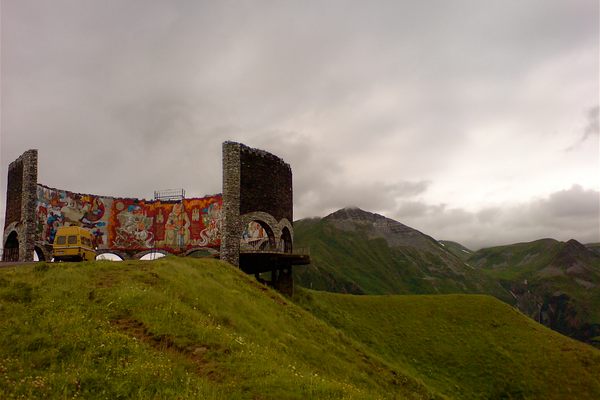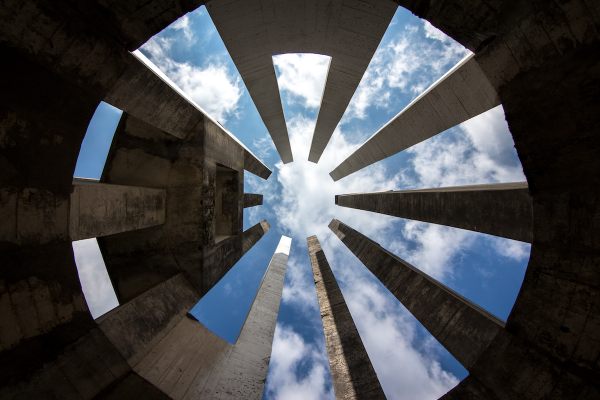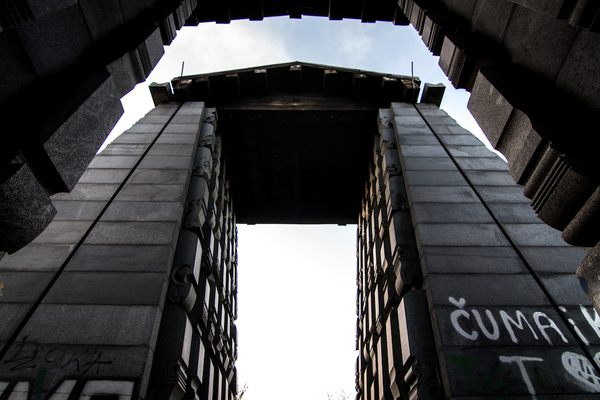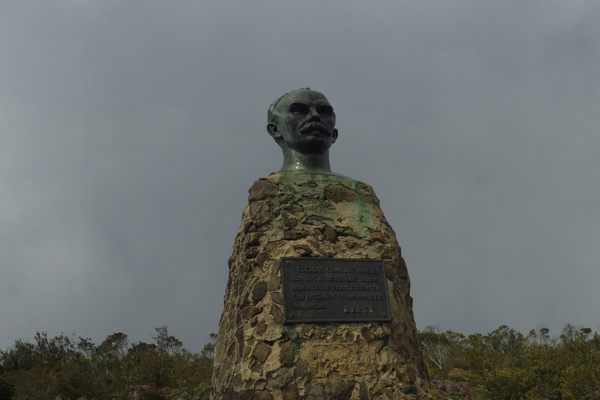About
Between 1950 and 1953, Hungary's State Protection Authority (Államvédelmi Hatóság, or ÁVH, the secret police) operated a forced labor camp near the small town of Recsk. Founded without any legal justification, it extended Joseph Stalin's gulag model into the then-communist country. Some 1,500 political prisoners were imprisoned in barracks and behind barbed wire, where they performed 12 to 14 hours of backbreaking work at a nearby mine each day—all on the basis of trumped-up charges.
After Stalin's death, in 1953, Hungarian Prime Minister Imre Nagy closed this forced labor camp (together with many similar facilities), and it was demolished. The still-living prisoners were released, but during the communist era, they were forbidden to talk about the labor camp. The camp's location was rediscovered in the 1990s, based on the reports of former prisoners, which were also used to recreate the camp buildings.
One of the famous prisoners was György Faludy, a Hungarian poet, writer, and literary translator who wrote about his ordeals at Recsk in an autobiography titled My Happy Days in Hell , or Pokolbéli víg napjaim. Written in 1961-1962 in London, the novel could not be published in Hungary until 1987. Just two years later, revolution brought about the fall of communism and political change to Hungary, which allowed the site of the labor camp to be turned into a memorial whose realistic representation of the gulag's brutality remains shocking and sobering today.
Related Tags
Know Before You Go
You'll likely need a car to get to the memorial.
Published
September 4, 2020
Sources
- http://www.panadea.com/en/travel-guide-guidebook/europe/hungary/northern-hungary/matra-mountains/recsk/photo-gallery/gal-001
- http://www.recsk.hu/?module=news&action=show&nid=173836
- https://www.360cities.net/image/labour-camp-hungarian-gulag-historical-exhibition-recsk-hungary
- http://www.totallylost.eu/space/national-memorial-park-recsk/
- https://hungarytoday.hu/65th-anniversary-recsk-labour-camp/
